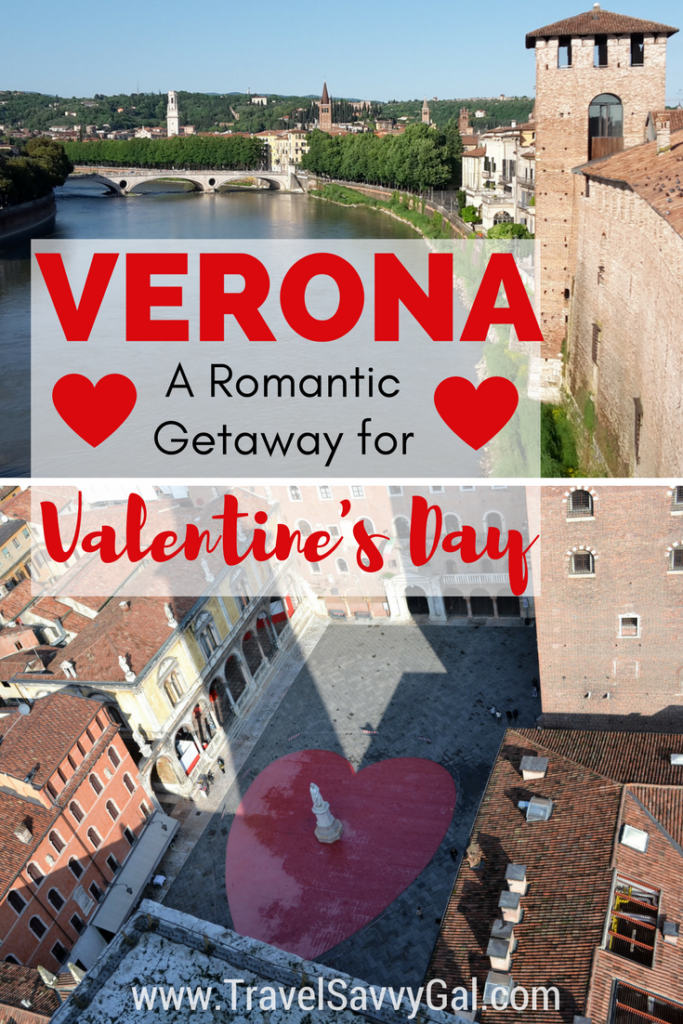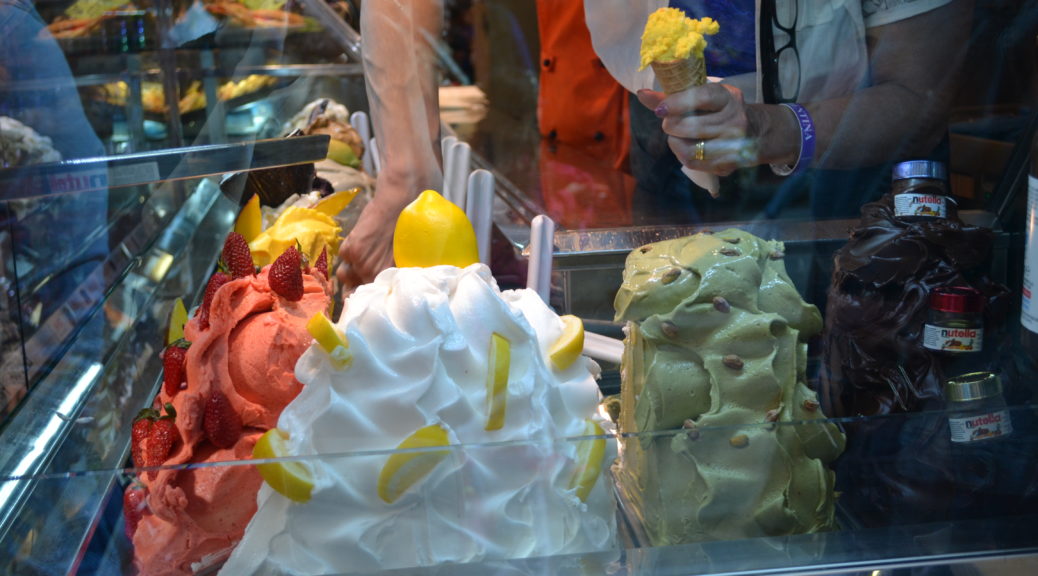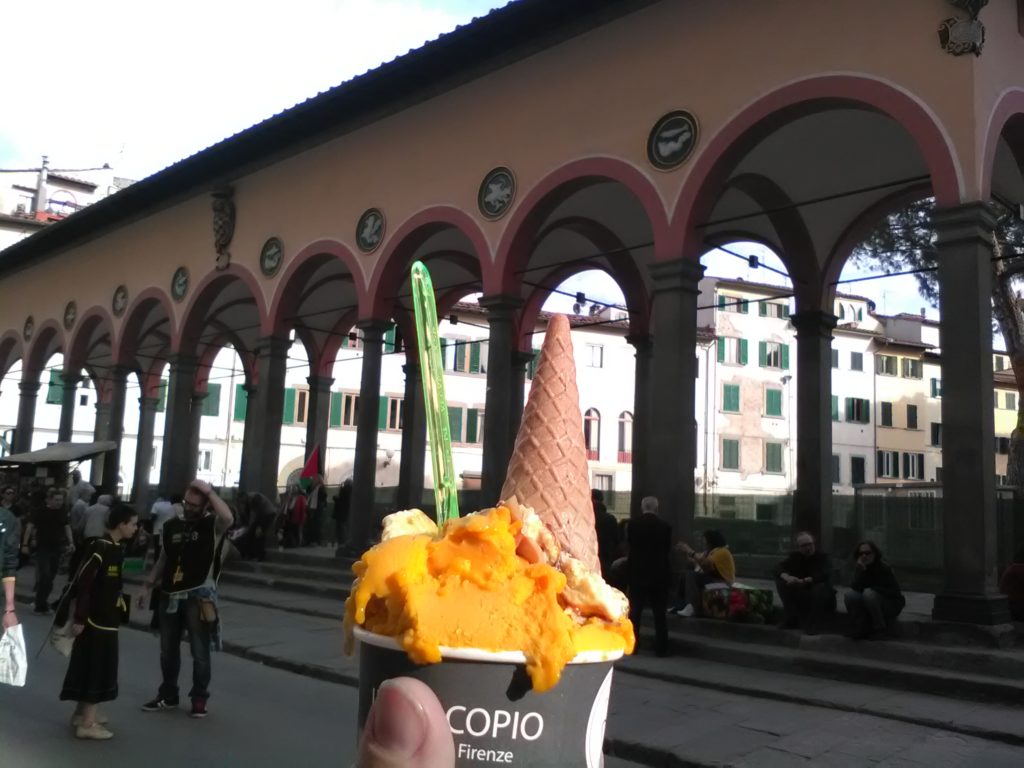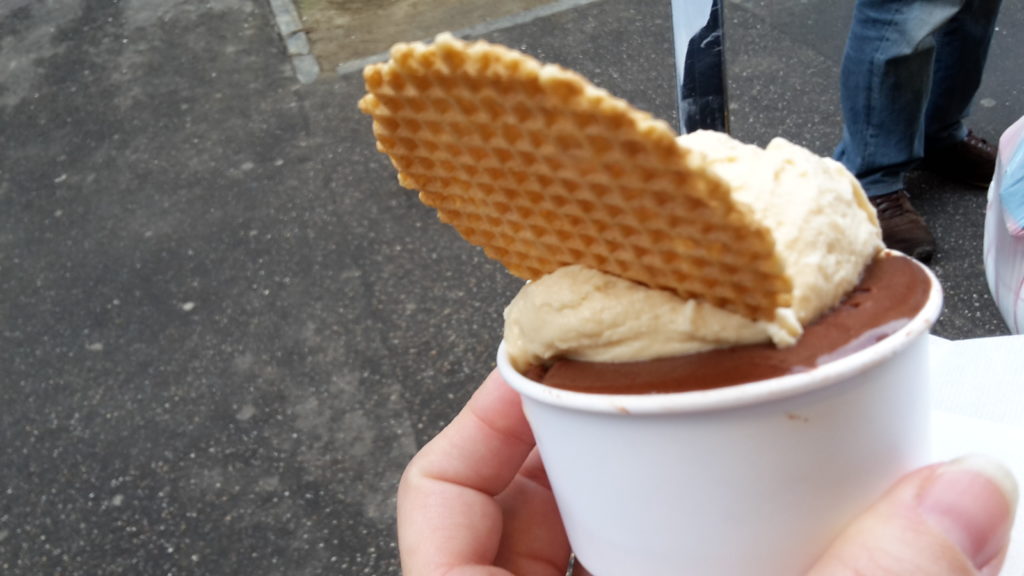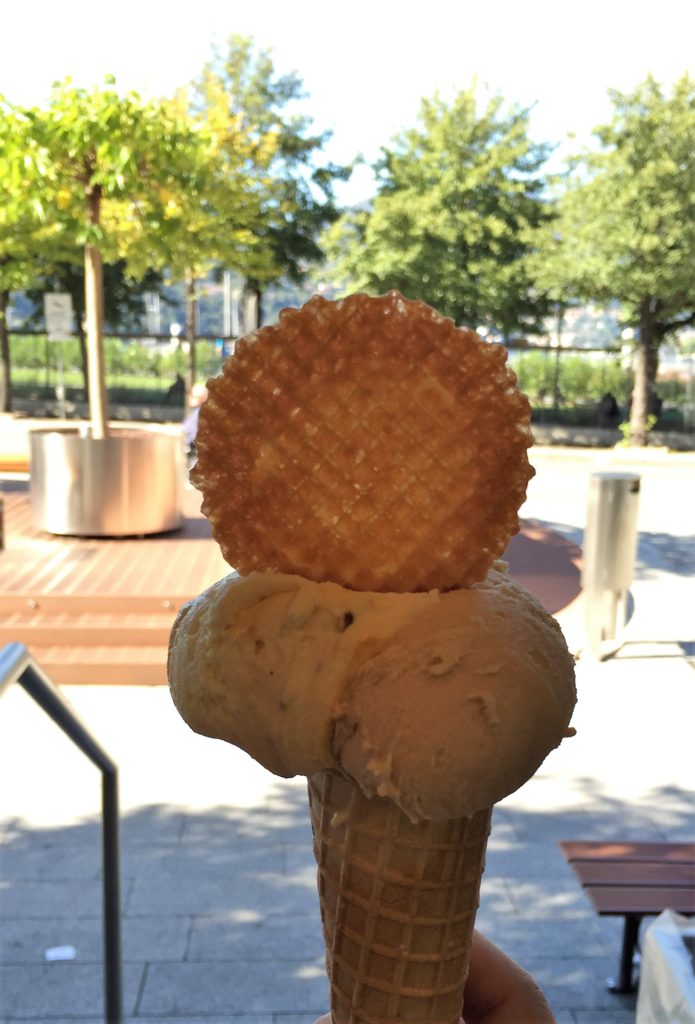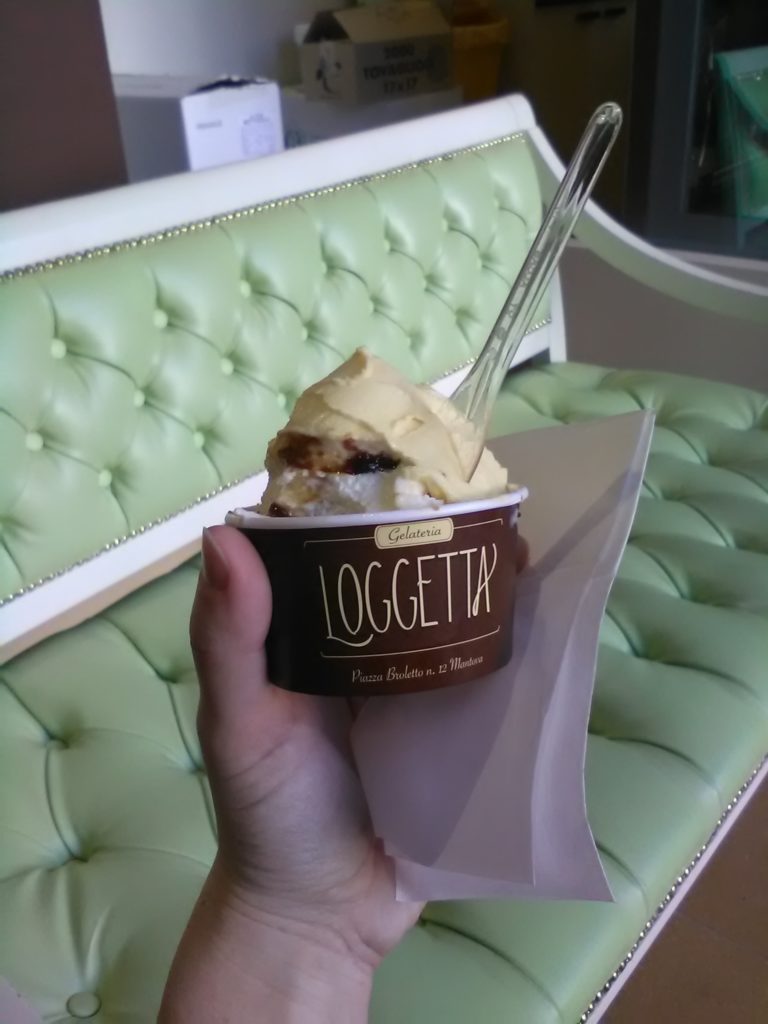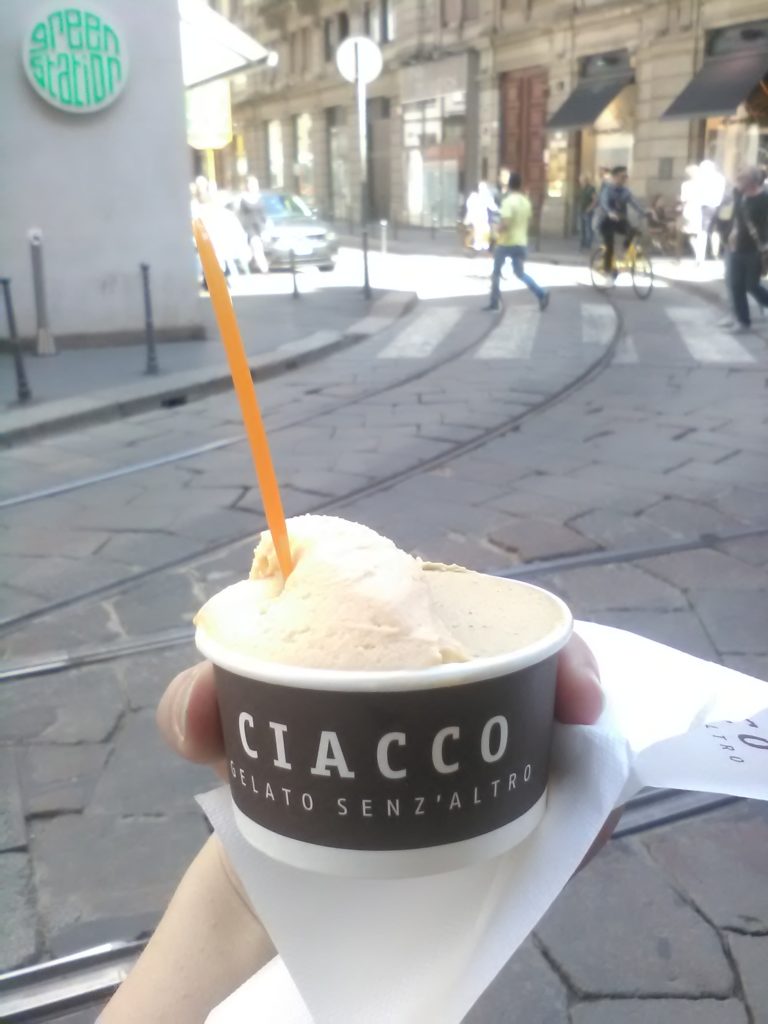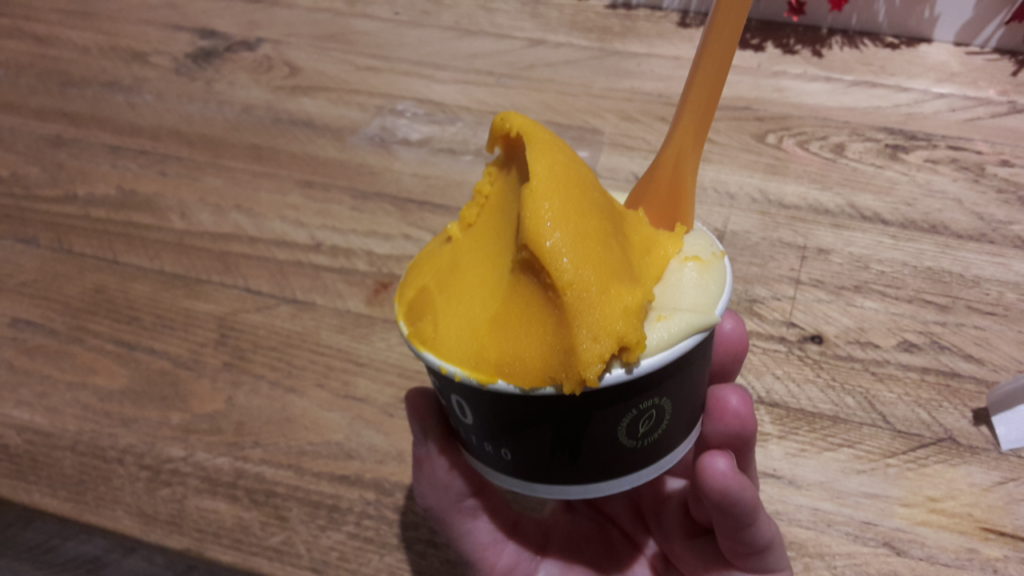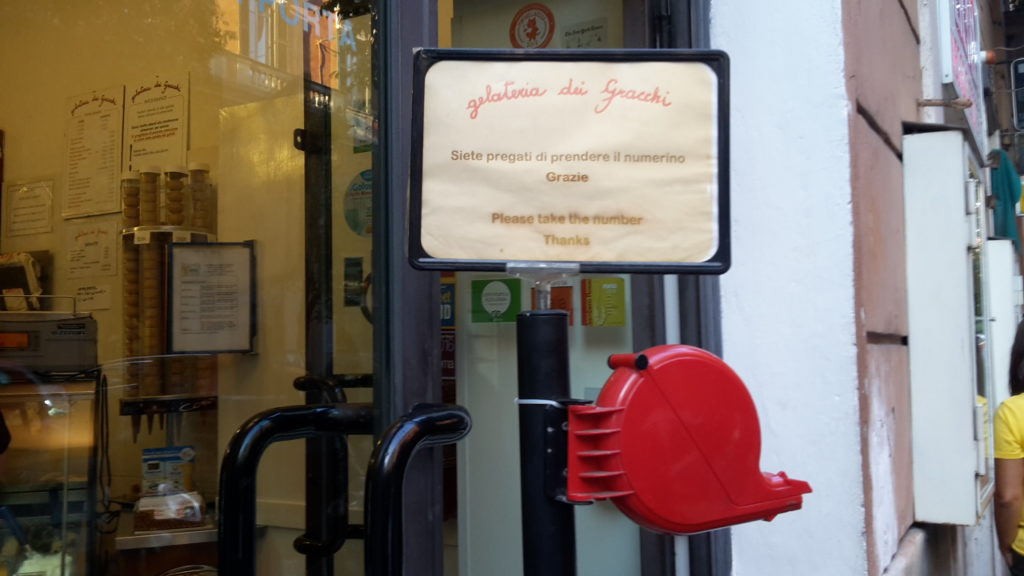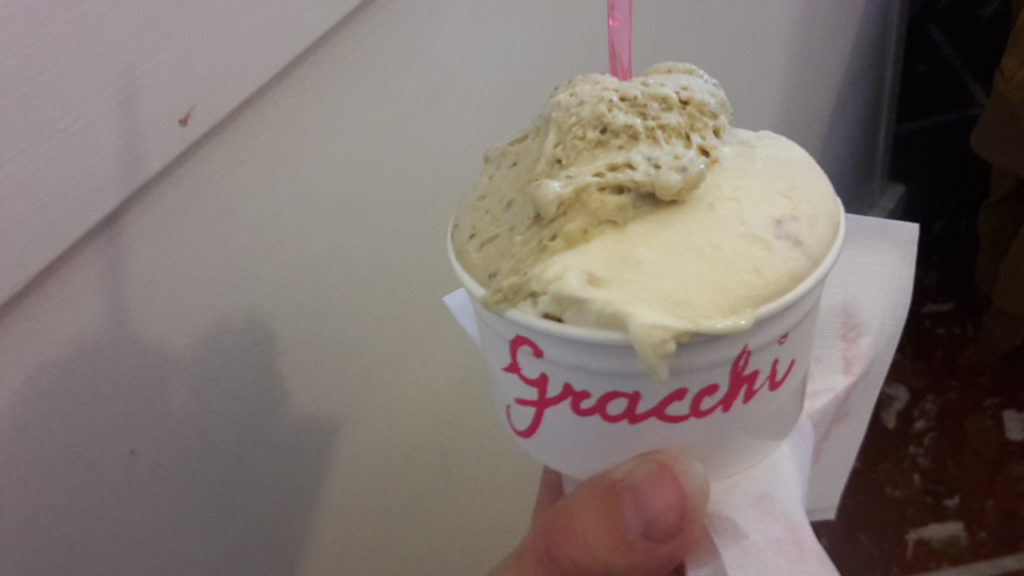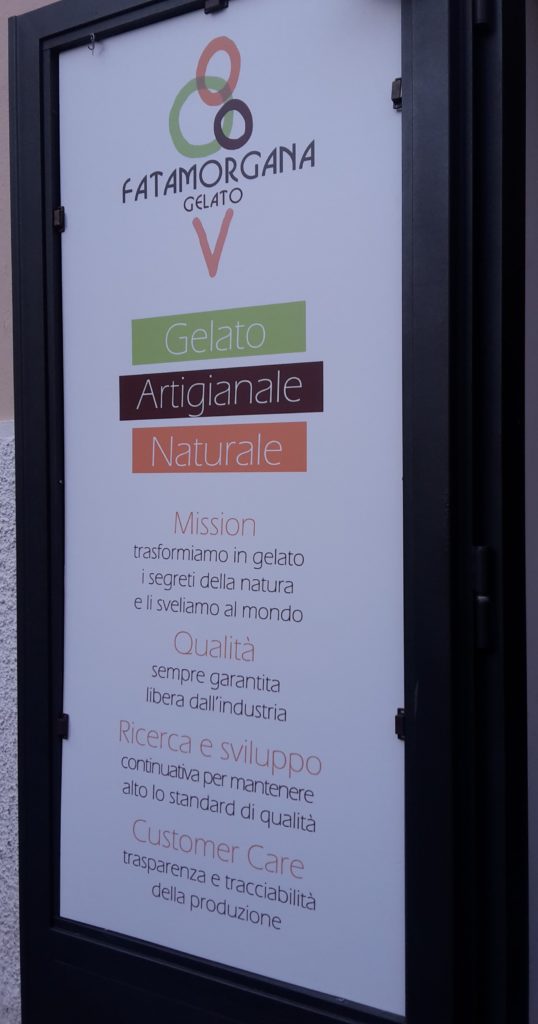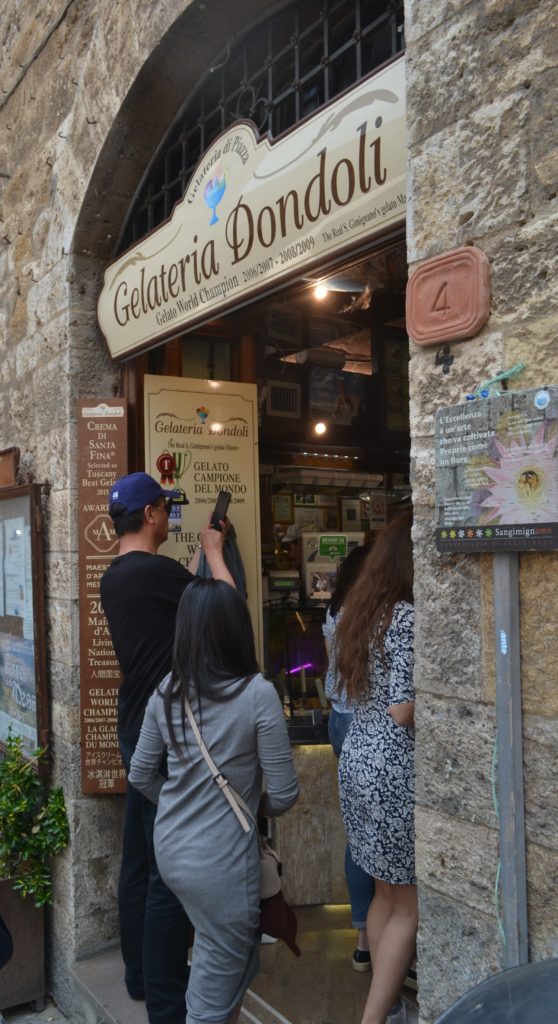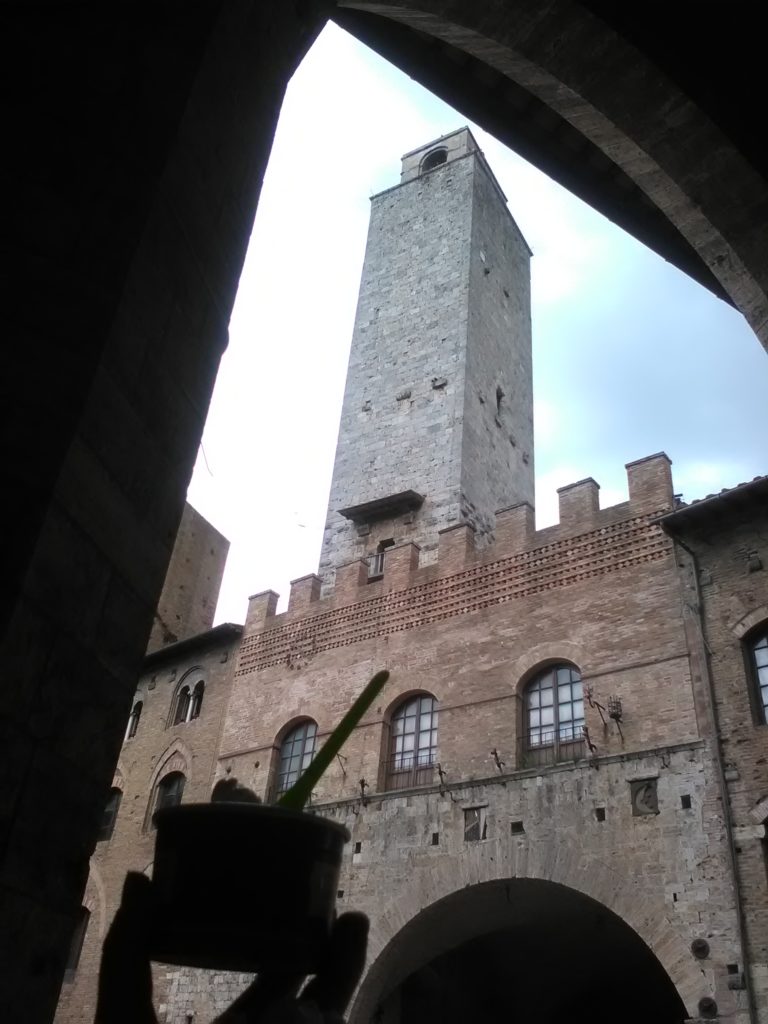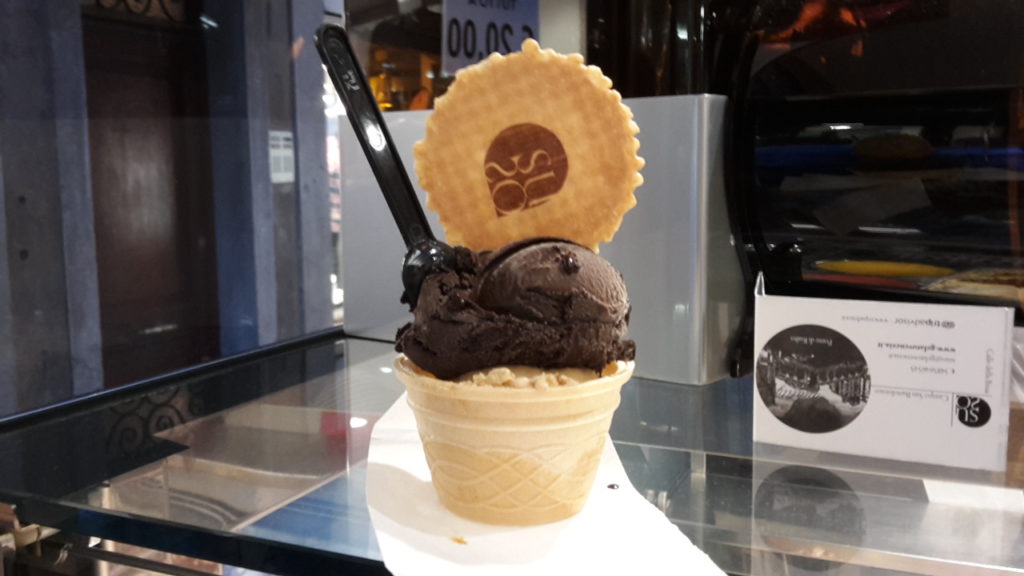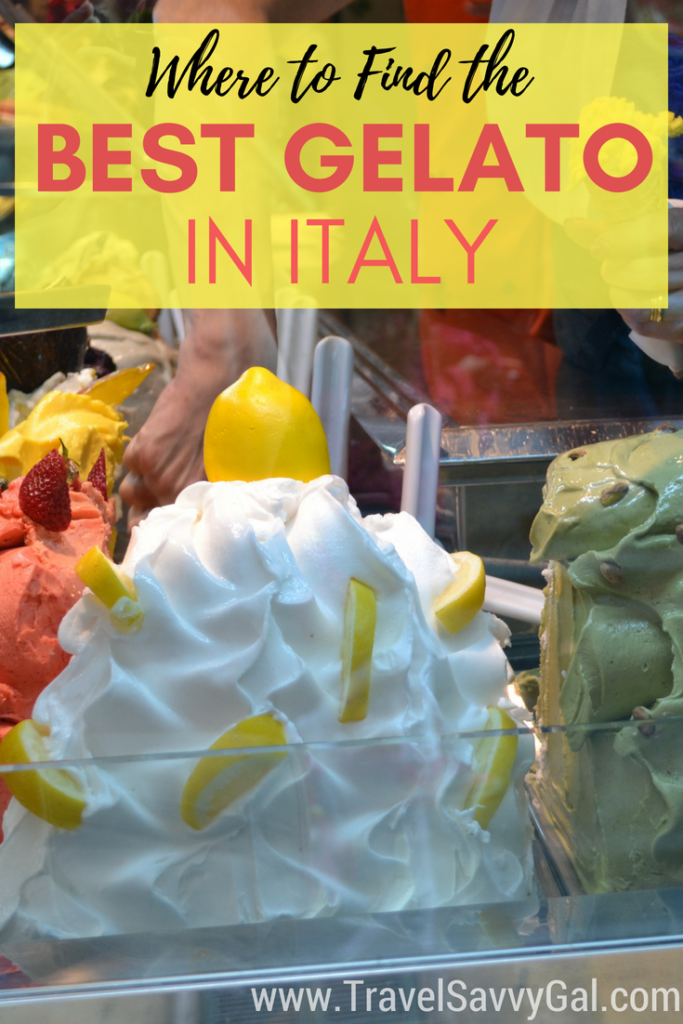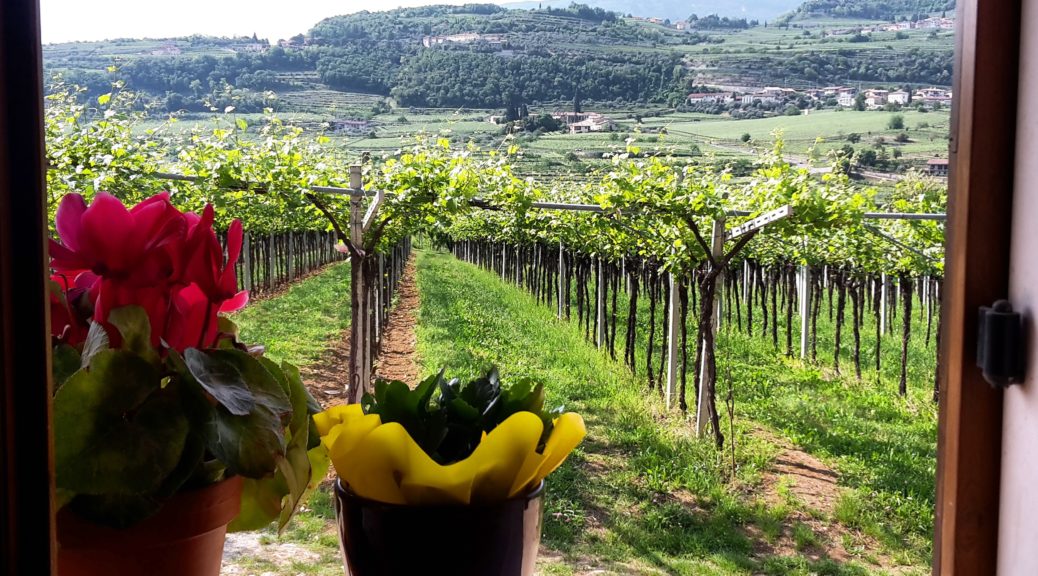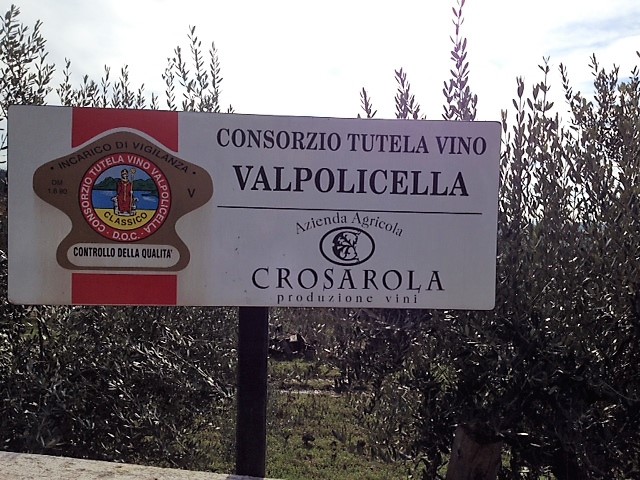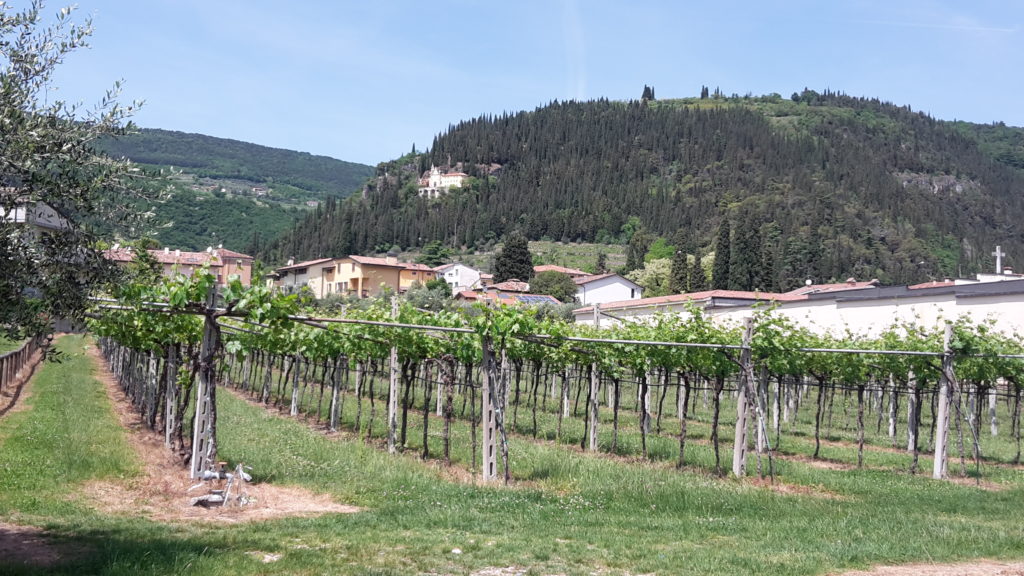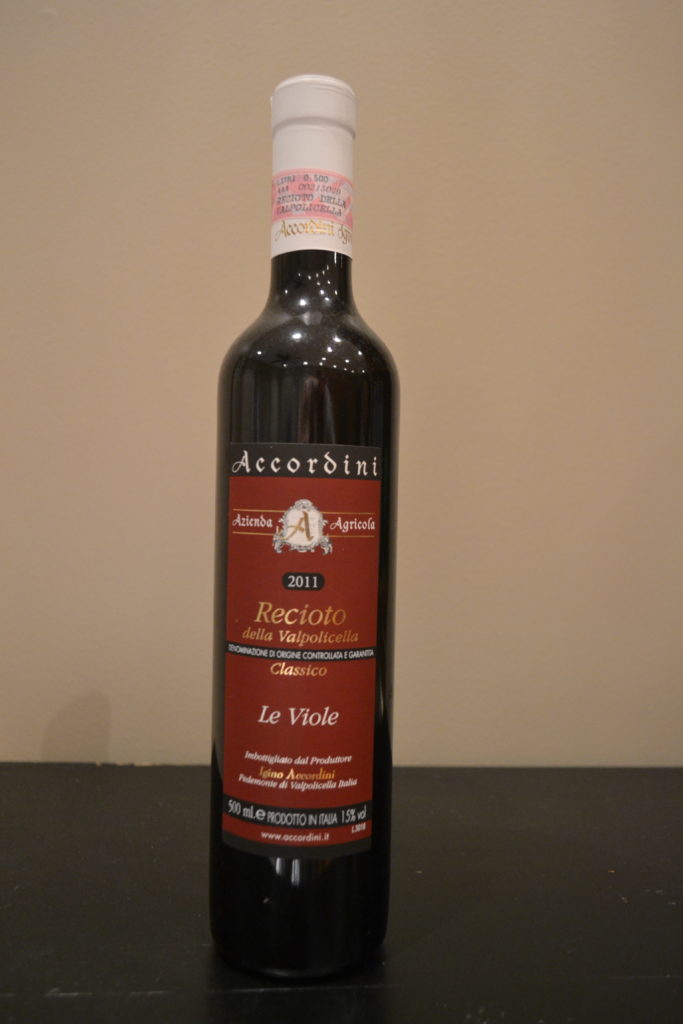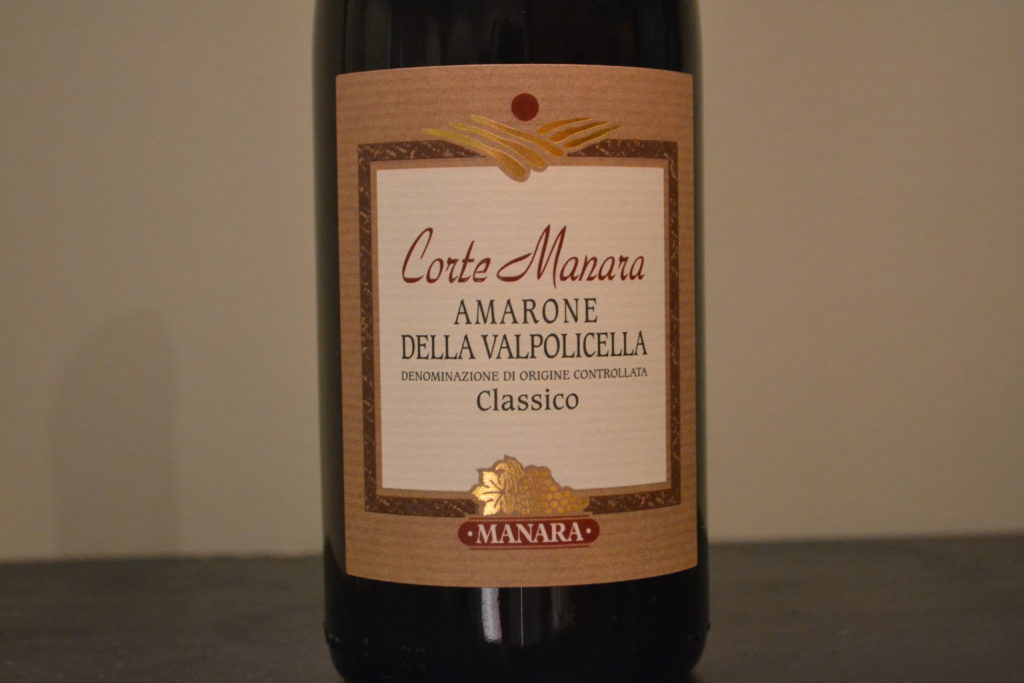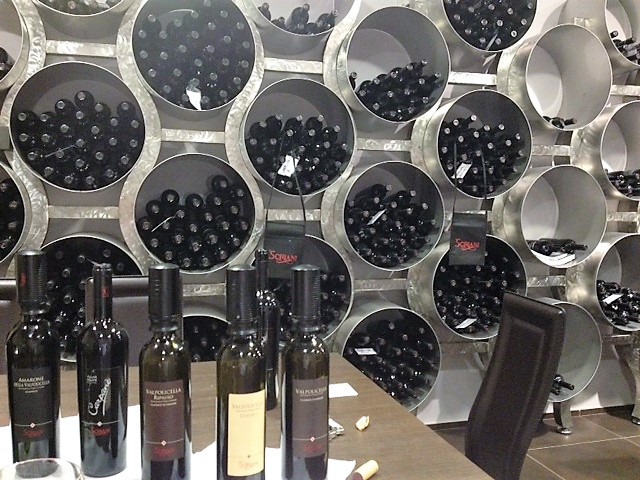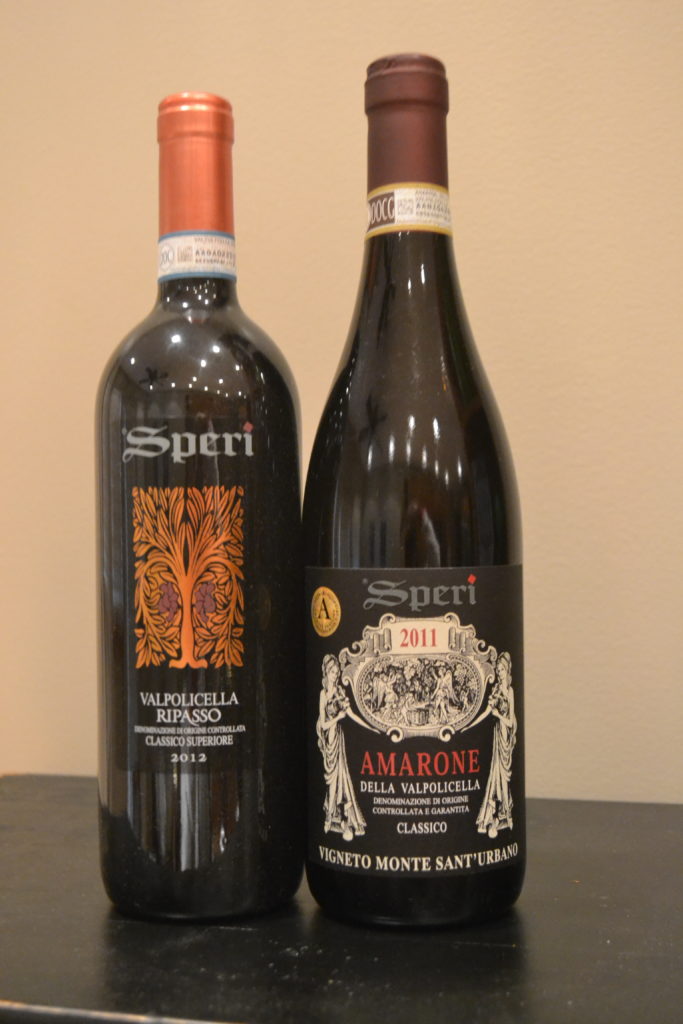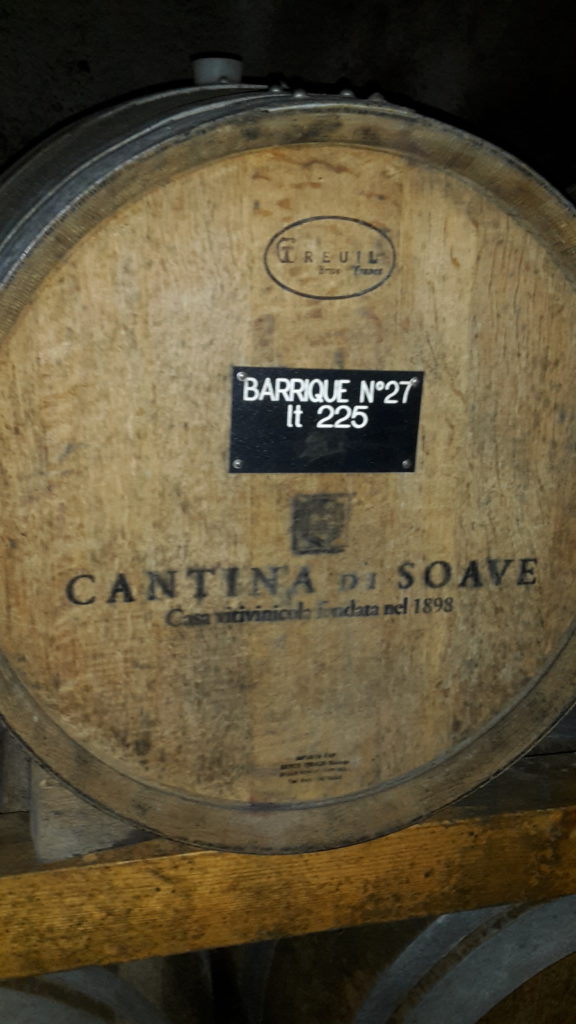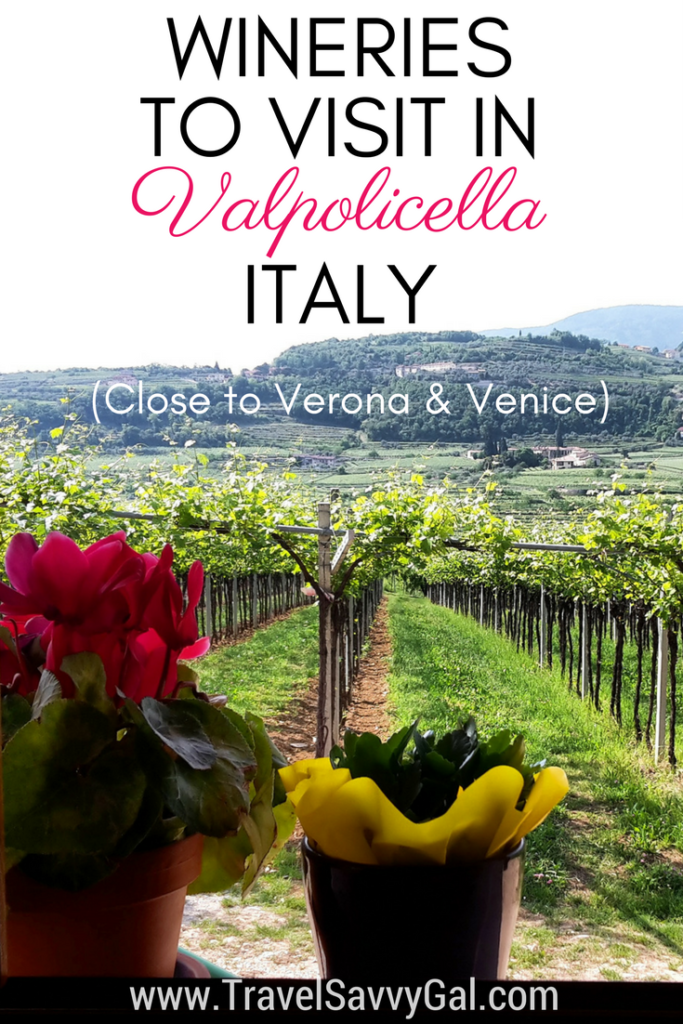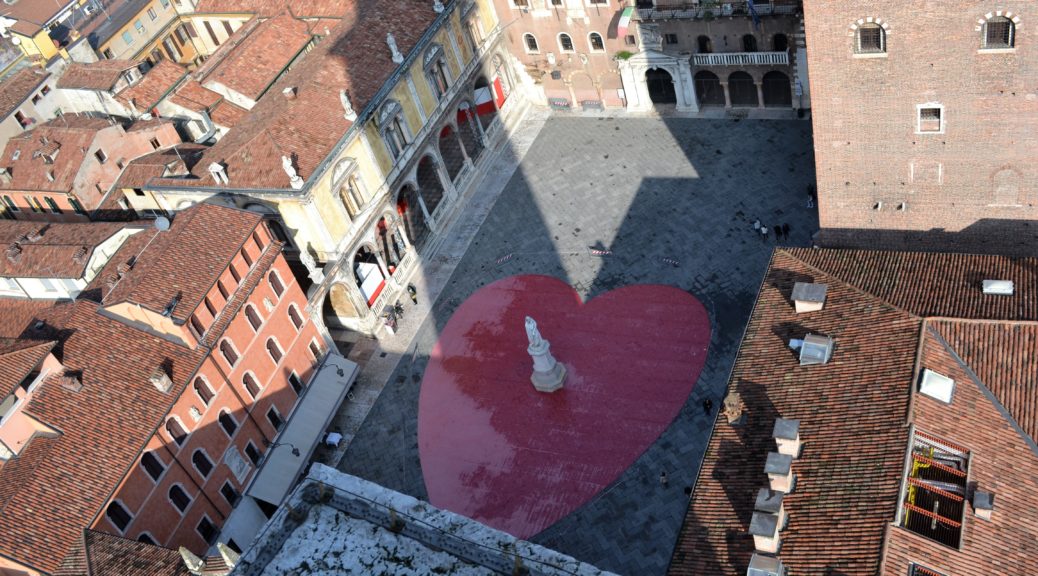
Verona: A Romantic Getaway for Valentine’s Day
I should have known better. It was a wintry February, I was just two months into living in Italy, and was looking for a town not too large or far from Milan for a weekend trip. From some vague research, it seemed like Verona would be perfect.
It was big, but not too big. It had a bunch of noteworthy sights, but not too many to be overwhelming. It had a culinary scene, but was still only a short drive from wine country. So I found a good deal on a bed and breakfast (it was the off-season, after all) and booked.
It was only when I arrived on this first visit to Verona that the realization hit. First, it was a poster with hearts here and there. Then announcements of an upcoming festival. Then finally the barrage of red hearts permeating my consciousness and I started connecting the dots. Verona . . . “In fair Verona where we lay our scene” . . . Romeo & Juliet . . . a romantic destination for Valentine’s Day!
Unwittingly I had put together a very timely weekend getaway in this most romantic of places. And the center of Verona is quite compact and walkable to all of the sights, making for a leisurely time even with a healthy dose of sightseeing. And although a fair bit of what you’ll want to see is outside, it makes it even cozier when you enter the cocoon of a traditional, wood-paneled restaurant or get cozy next to the fireplace. Or warm up with a thick, gooey, Italian hot chocolate.
Despite sort of stumbling on this gem for a romantic weekend away in the days leading up to Valentine’s Day, it was such a wonderful trip.
READ MORE: A Galentine’s Weekend in Thessaloniki, Greece
If you’re going for a romantic weekend – at any time of year – definitely keep your schedule flexible. The only firm plans I’d make are for your meals if there are specific restaurants you have in mind, and most Italians will reserve if they’re going out to eat during the weekend. Otherwise, just play it by ear and go where your heart takes you <3
Things to Do
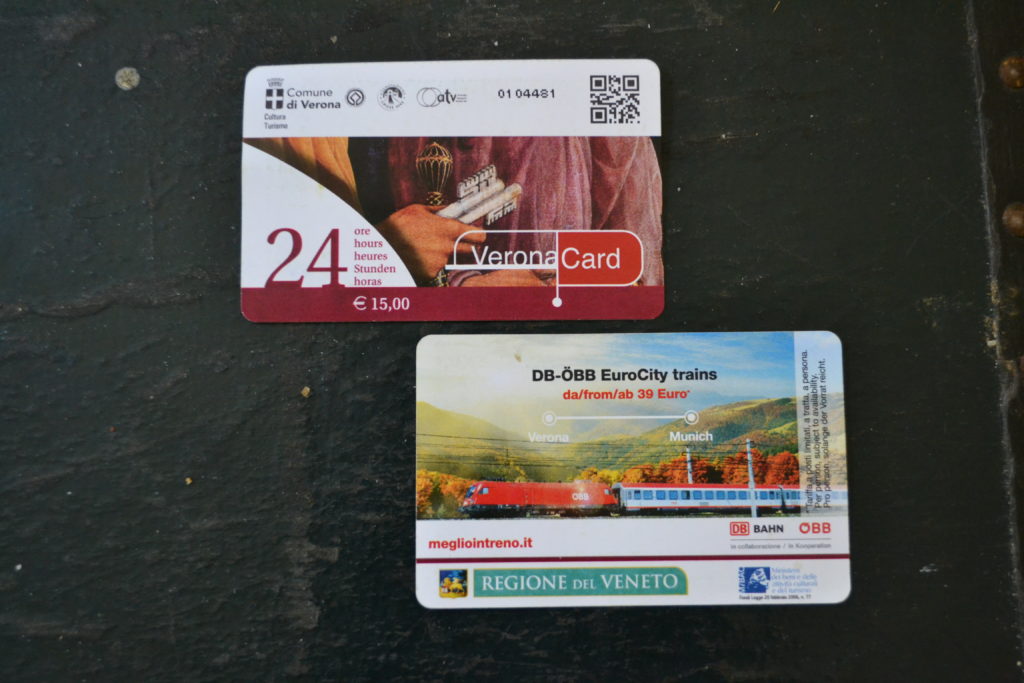
Even if you’re not feeling touristically ambitious, the Verona Card is a great value, providing free entry into many churches and the main sights around town. It comes in 24- and 48-hour versions, and can be most easily purchased at any of the included attractions (everything I list below is on the Card).
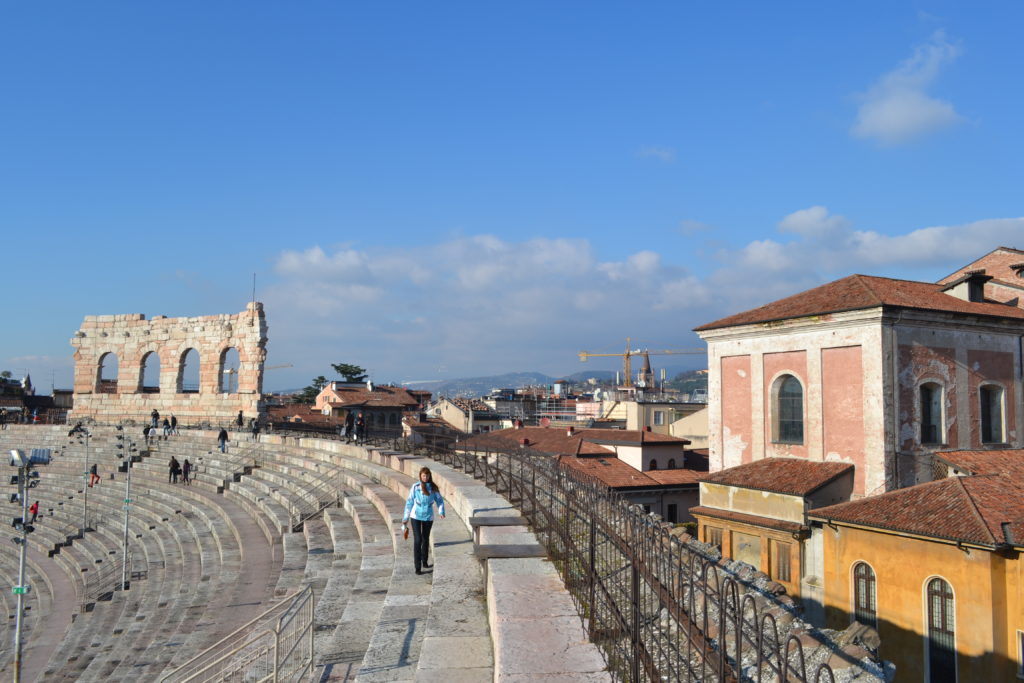
Verona’s Arena may not be as big or famous as the Colosseum in Rome, but it is very well preserved. So much so, that it hosts a full season of outdoor opera performances during the warmer months. To enter, you’ll inevitably pass through the picturesque Piazza Bra, which is also a nice spot to stroll.
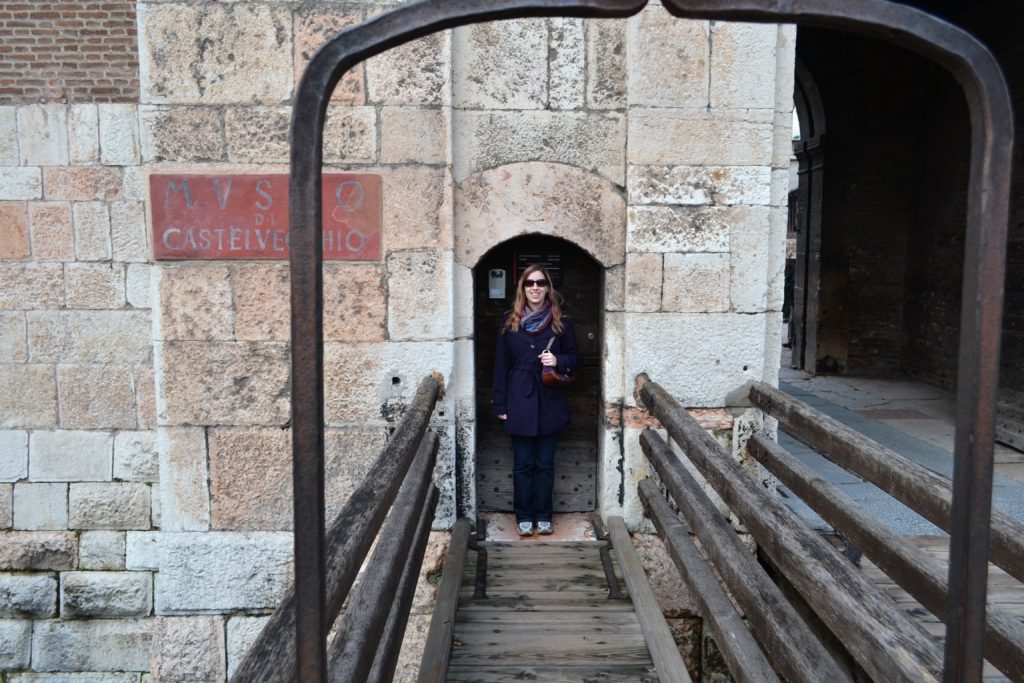
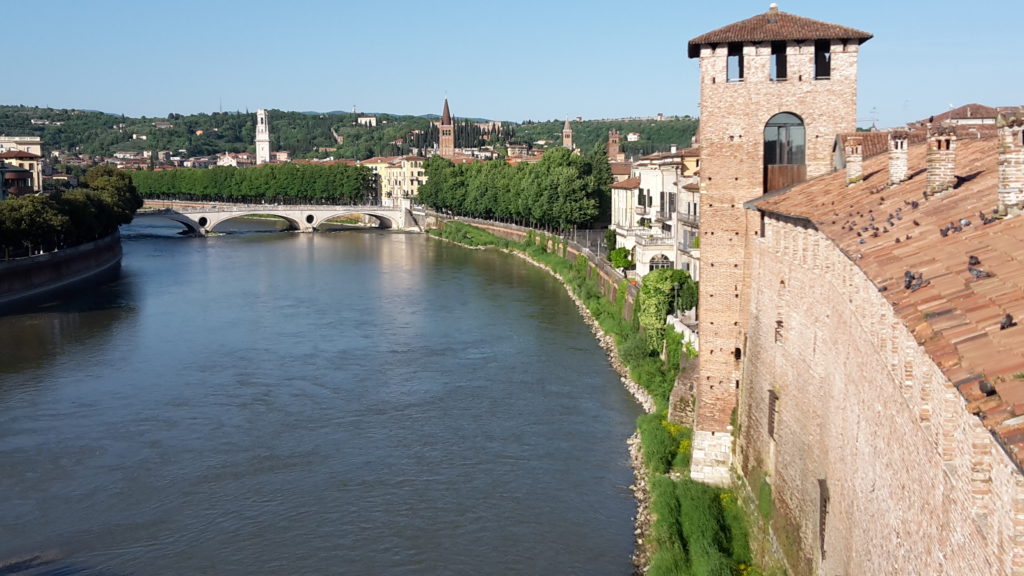
Literally “old castle” in Italian, this castle-turned-museum has great pieces of art and sculpture on display. It also has what is probably my favorite view of Verona, overlooking the nearby bridge and river. It’s all just so quaint!
Not just any Shakespearean characters, Romeo and Juliet are part of how we think about love, even today. While Juliet was imagined, “her” house could not be more real, turned into a museum with an actual balcony where you can get your iconic picture and a wall at the entrance for leaving a note for your beloved.
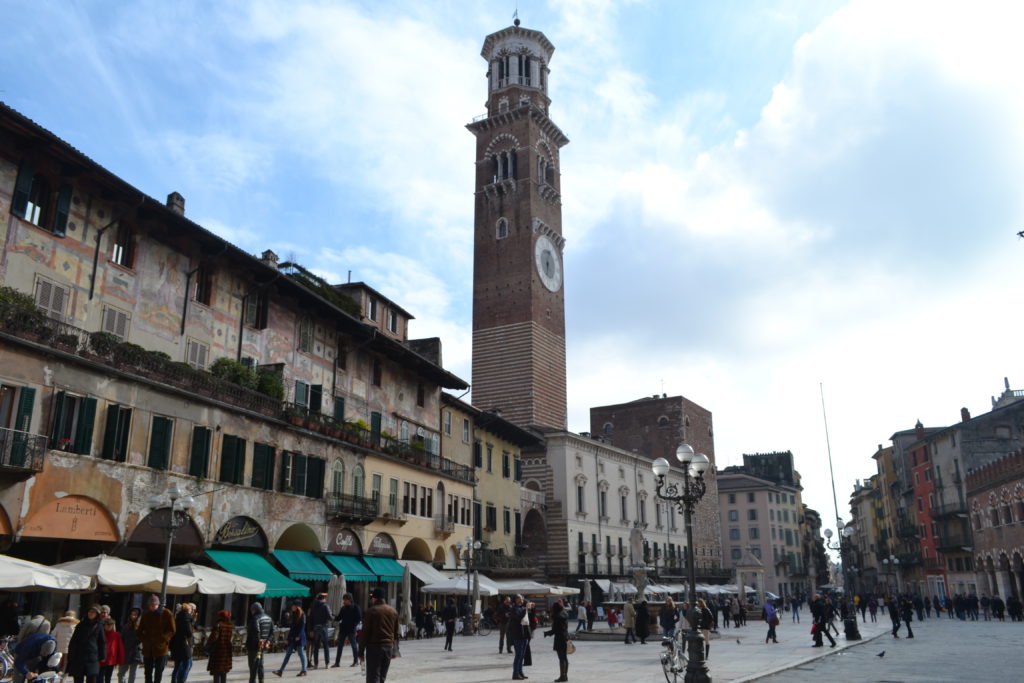
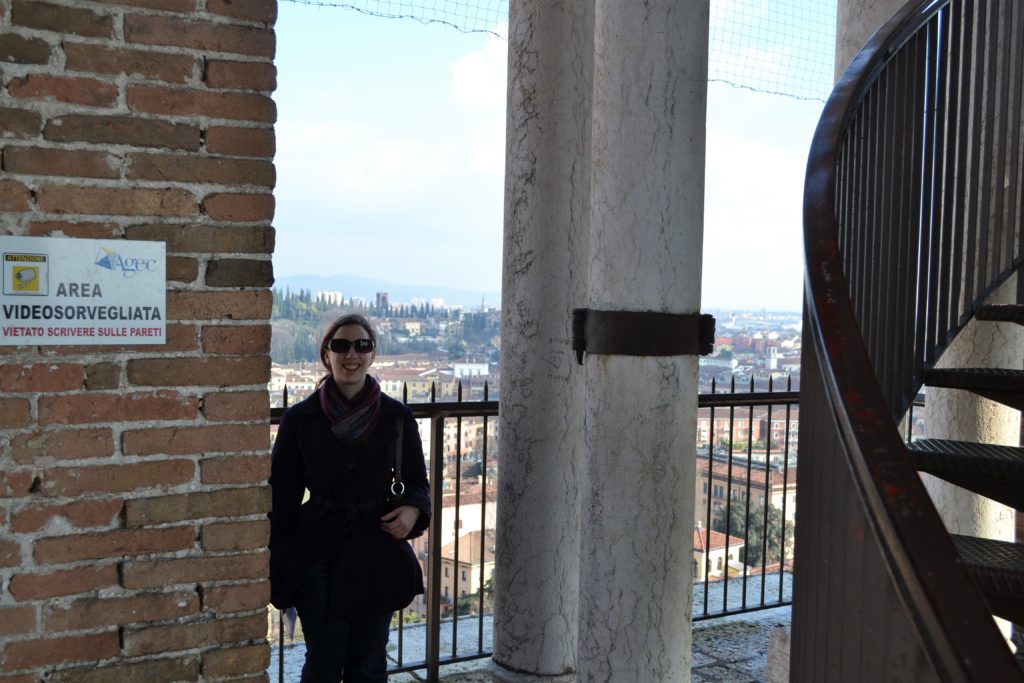
Adjacent to Piazza delle Erbe, this tower has been around for nearly 1,000 years, and the bells still ring multiple times a day. The fun of course is the view at the top – accessible on foot or by elevator. You’ll need to specify your preference when getting your ticket to enter, as the elevator costs a bit more.
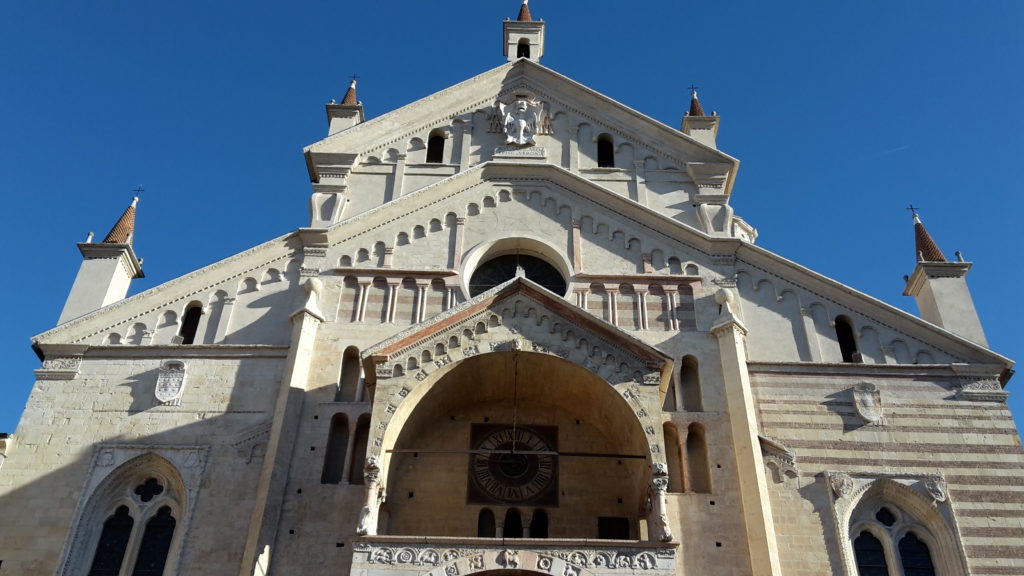
Churches
Like pretty much every city and town throughout Italy, there are several churches as well as a Cathedral, or Duomo. You’ll probably see several of these just strolling around, and there are 4 churches included on the Verona Card (see above). Verona has been well-preserved through the centuries, so you’ll get plenty of history whichever ones you choose to visit.
Places to Eat
Close to Piazza delle Erbe, but away from the fray on a side street, this restaurant has been around since the late 1800s and you feel the history in the décor and the depth of flavors in the dishes. It’s a great spot to sample a red risotto, made with the local Amarone wine.
This is the spot to head to for traditional local cuisine. Popular with the locals, I definitely recommend a reservation for dinner or weekend dining. There is a ton of selection, and is personally notable as the one restaurant where I’ve sampled a dish with horse meat, which is pretty common throughout Italy. It was good.
Even wintertime is time for gelato. Many of the spots locals will recommend for the “best” gelato are far afield, but this is a delicious option right in the heart of the city, which has been around since the 1930s.
Like most great finds, I was looking for a spot for an aperitivo – a pre-dinner drink with some snacks – and followed the chatter of the locals to the bar inside. It’s on a pretty touristy stretch in Piazza Bra by the Arena, and I’ve never had a full meal there, but their cocktails are solid and the little nibbles that come with your drink are surprisingly delicious. The tasty snacks and great value for money (read: it’s cheap) are the reasons to seek out this particular spot. Join the crowd from about 6 to 8pm, before heading to your late Italian dinner.
TIP! Verona is in the Valentine’s spirit in the weeks leading up to Valentine’s Day. If you come on Valentine’s weekend itself, there is a multi-day “Verona in Love” Festival, which will be more crowded than other weekends, but also with more events. Its tag line says it all: “If you love someone . . . bring him to Verona!” Decide what timing works best for you and your sweetheart for that romantic getaway.
Several visits later and Verona is one of my favorite places in Italy, a spot I keep coming back to again and again. It’s a great romantic getaway for a day (or several) at any time of year, but you’ll feel some extra love from the city if you go around Valentine’s Day or during the Festival.
Where’s your favorite romantic getaway for Valentine’s Day?
